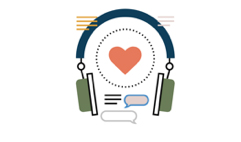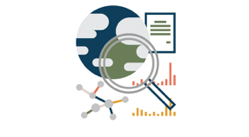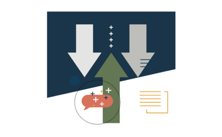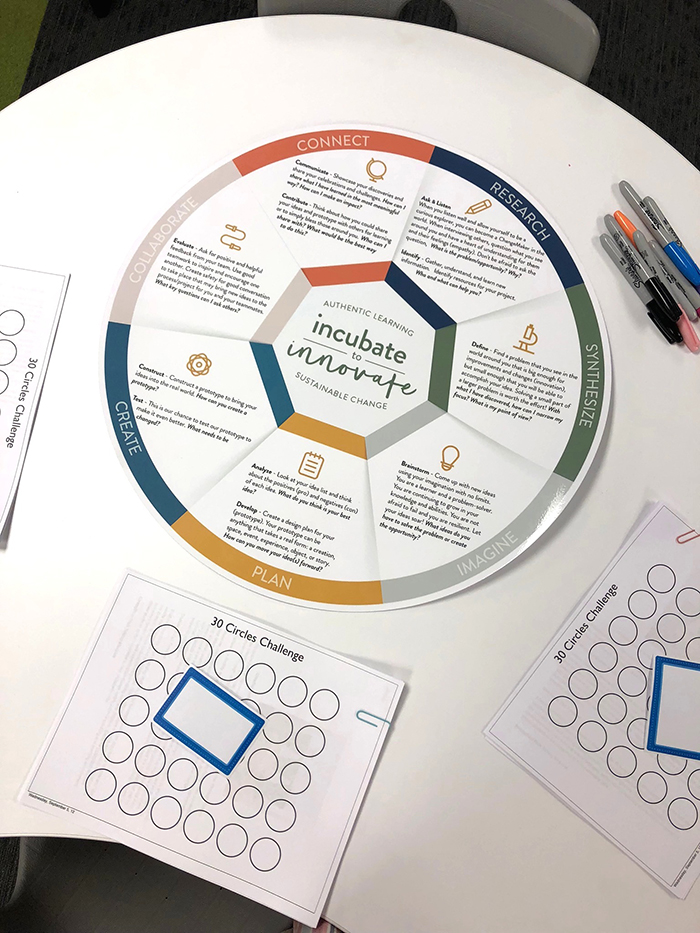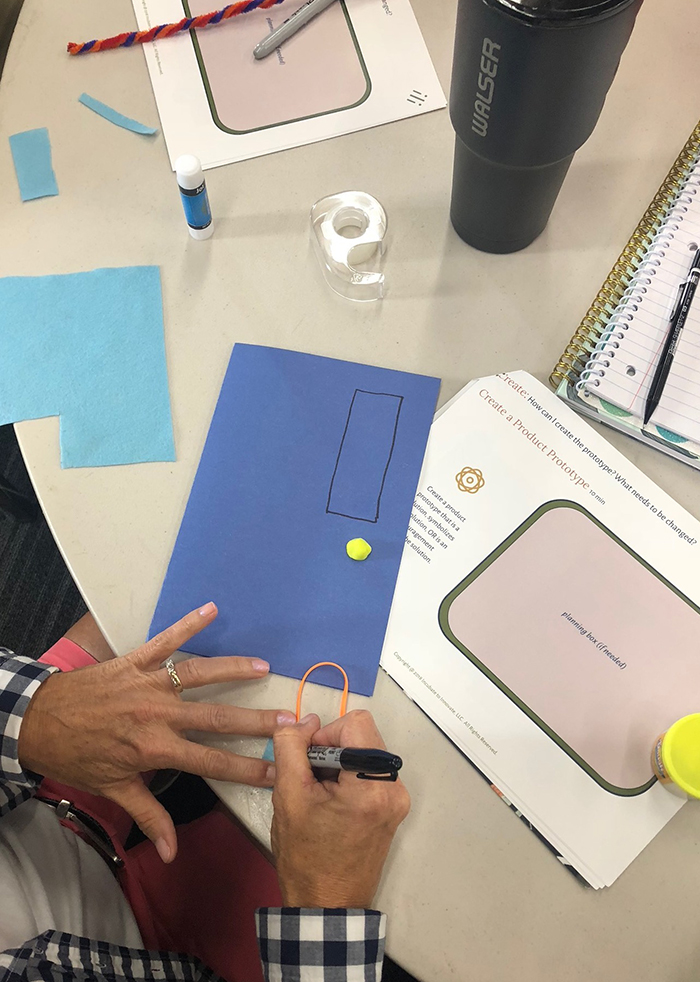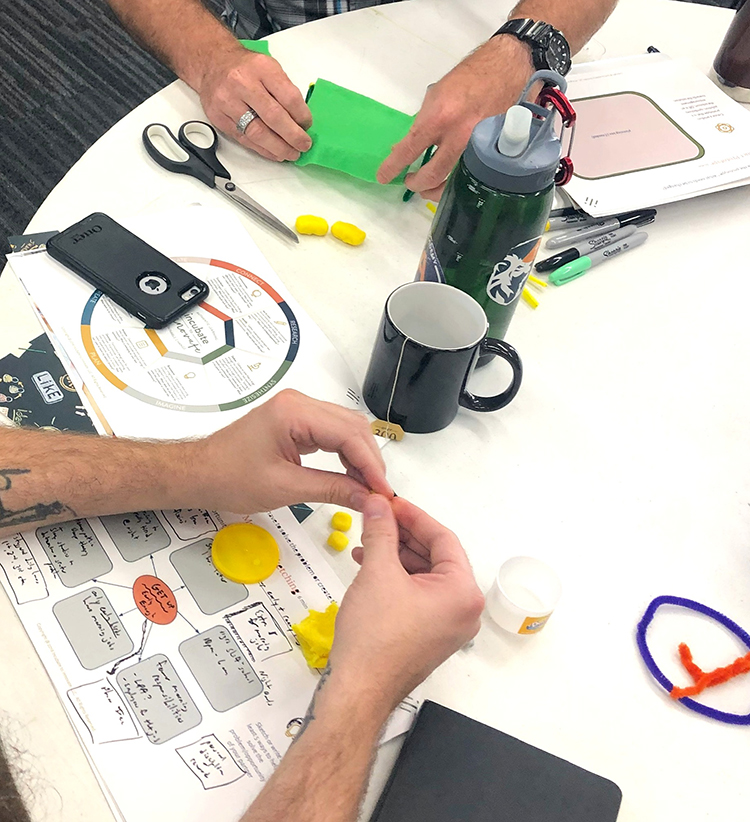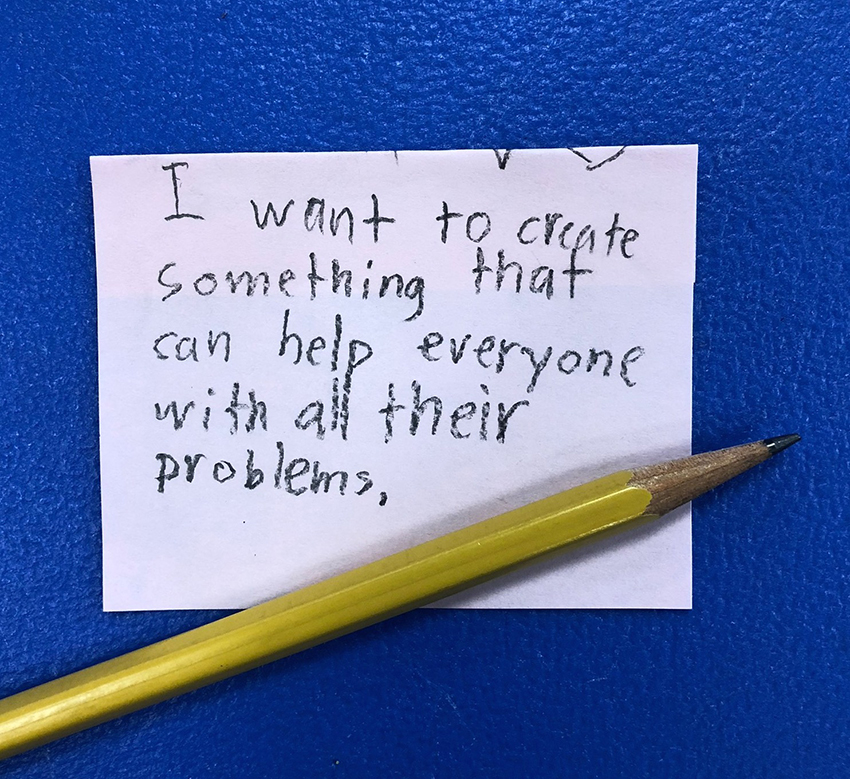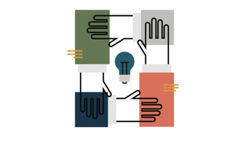Brief
Using the ChangeMaker Mindsets™ to Enhance STEM Experiences
Connected Science Learning October-December 2019 (Volume 1, Issue 12)
By Amanda Kopischke and Angela Anderson
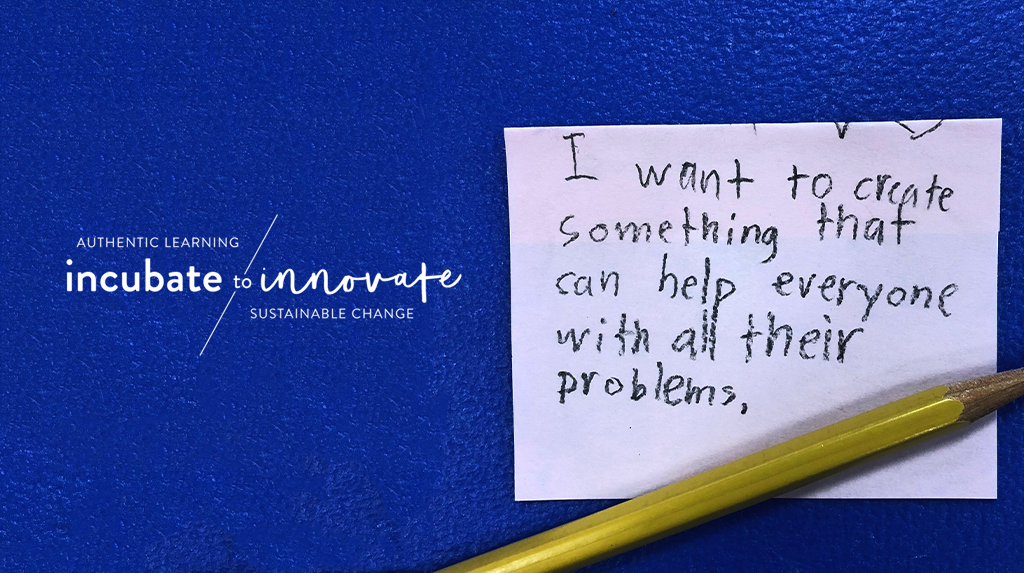
A ChangeMaker is anyone who chooses to take creative action to solve a problem for impact. The ChangeMaker Mindsets™ help youth navigate ambiguity and reframe thinking toward problem-solving. As students embrace and use the ChangeMaker Mindsets™ in their STEM (science, technology, engineering, and math) experiences, they are more readily able to achieve deeper learning and are encouraged to think about the potential impact of their work. These mindsets enhance STEM learning experiences because they inspire adaptive capacities in students to grow and thrive even as they face uncertainties, challenges, and ambiguity in today’s complex, rapidly changing world.
Lead With Empathy
Lead With Empathy is defined as the ability to take someone else’s perspective and place yourself in their position while understanding and sharing their feelings. This mindset asks a critical question: “How can I listen well with a heart for understanding others and their feelings?” Empathy is foundational to creating solutions and prototypes in STEM to effectively meet the needs of others in impactful ways. This allows students to show compassion for human trials when problem-solving and creating solutions.
Embrace Exploration
The journey toward exploratory and deeper learning in STEM is valuable because it moves a student from the Zone of Predictability to the Zone of Possibility. This mindset asks the critical question: “How can I cultivate a curious, inquiry-based approach to seeing and understanding the world?” Helping students explore gives them the opportunity to challenge assumptions, judgments, and labels, giving them the conscious choice to deny the “boxes” assigned by others. The strengthening of exploration muscles will increase the likelihood that students will become lifelong learners committed to impactful work.
Pivot With Perseverance
Pivoting With Perseverance can change one’s position, strategy, and trajectory, without distracting from one’s overall purpose. This mindset asks the critical question: “How can I embrace the challenge and opportunity life brings?” The power of pivoting while using perseverance allows words, actions, thoughts, and attitudes to work together for good. Students often find themselves creating solutions to problems, only to discover that the outcome is not what they thought it would be. Knowing how and when to Pivot With Perseverance is critical to enhancing STEM experiences.
Create a Win/Win Solution
Using a win/win approach to solutions and decision-making can help integrate the needs of both the problem-solver and the people the solution is intended to help. This mindset asks the critical question: “How can I understand situations so that a mutually beneficial solution can be developed?” The win/win frame of mind and heart constantly seeks cooperation and reciprocity for all human interactions. Equipping STEM students with this mindset will benefit them as they prototype solutions that acknowledge and value the needs of all stakeholders, rather than denying or avoiding them.
Grow Through Failure
Grow Through Failure is a mindset that can be nurtured and cultivated to lead students to become critical thinkers, tenacious problem-solvers, and empathetic collaborators. This mindset asks the critical question: “How can I reframe failure as a tool for learning and growing?” Celebrating resilience, learning, and growth is an important aspect of establishing strong STEM programming. A person often learns the most from taking risks. Modeling this mindset for students creates safety in the classroom that will allow them to take risks, ideate without limits, and dream big.
Collaborate and Connect
Everyone can be a ChangeMaker in this world if ideation is shared with others. The mindset of Collaborate and Connect asks two critical questions: “How can I share what I have learned in the most meaningful way? Whom can I share with?” Collaboration is natural in STEM programming, as it seeks to integrate science, technology, engineering, and mathematics. This mindset allows STEM educators to encourage students to be good stewards of what they have been given by serving, sharing, and contributing their ideas for social change and widespread impact.
About Incubate to Innovate
Incubate to Innovate can be accessed via www.incubatetoinnovate.com. Our team is passionate about equipping educators with the best pedagogical practices and tools, and an online collaborative network to transform teaching and learning experiences and environments using innovation to prepare students with 21st-century skills. The online collaborative network is called ChangeMakers for Impact, which brings together educators from across the nation with daily resourcing, encouragement, and workshops. For more information, please email amandakopischke@incubatetoinnovate.com.
Amanda Kopischke (amandakopischke@incubatetoinnovate.com) is CEO of Incubate to Innovate in Minneapolis, Minnesota. Angela Anderson (angelaanderson@incubatetoinnovate.com) is chief creative officer of Incubate to Innovate in Minneapolis, Minnesota.
Is Lesson Plan Informal Education



